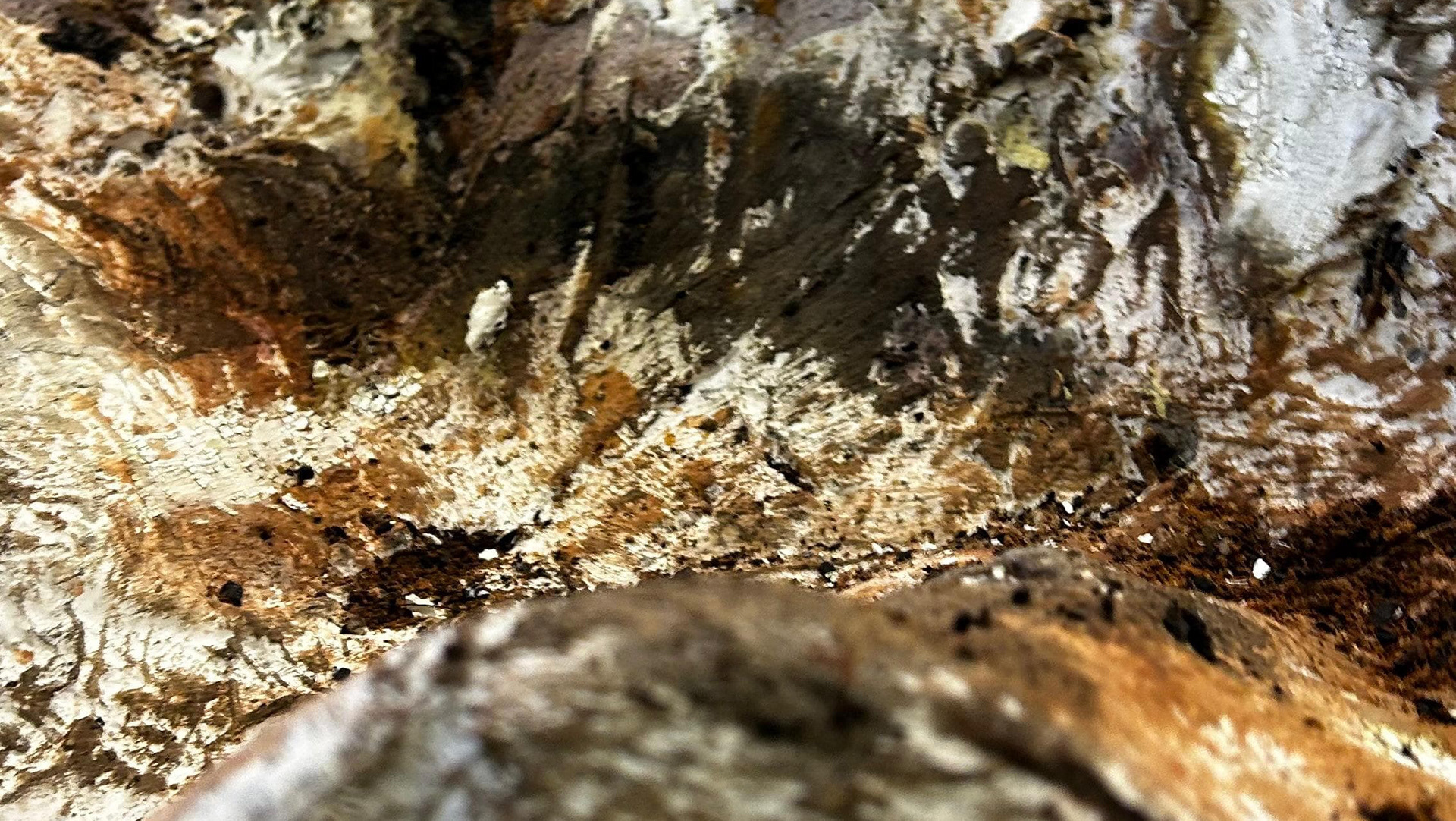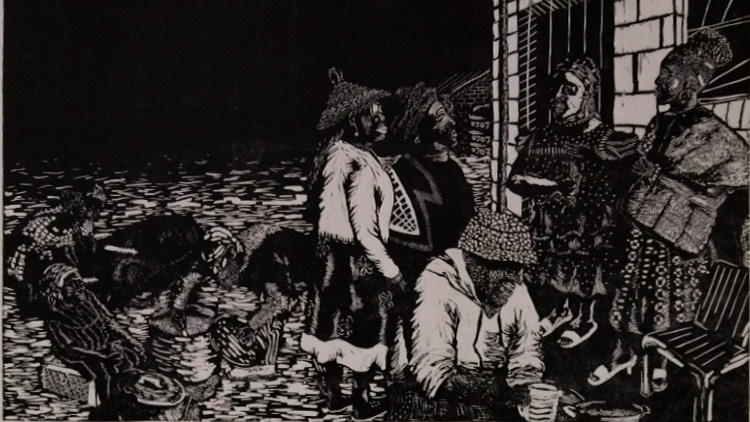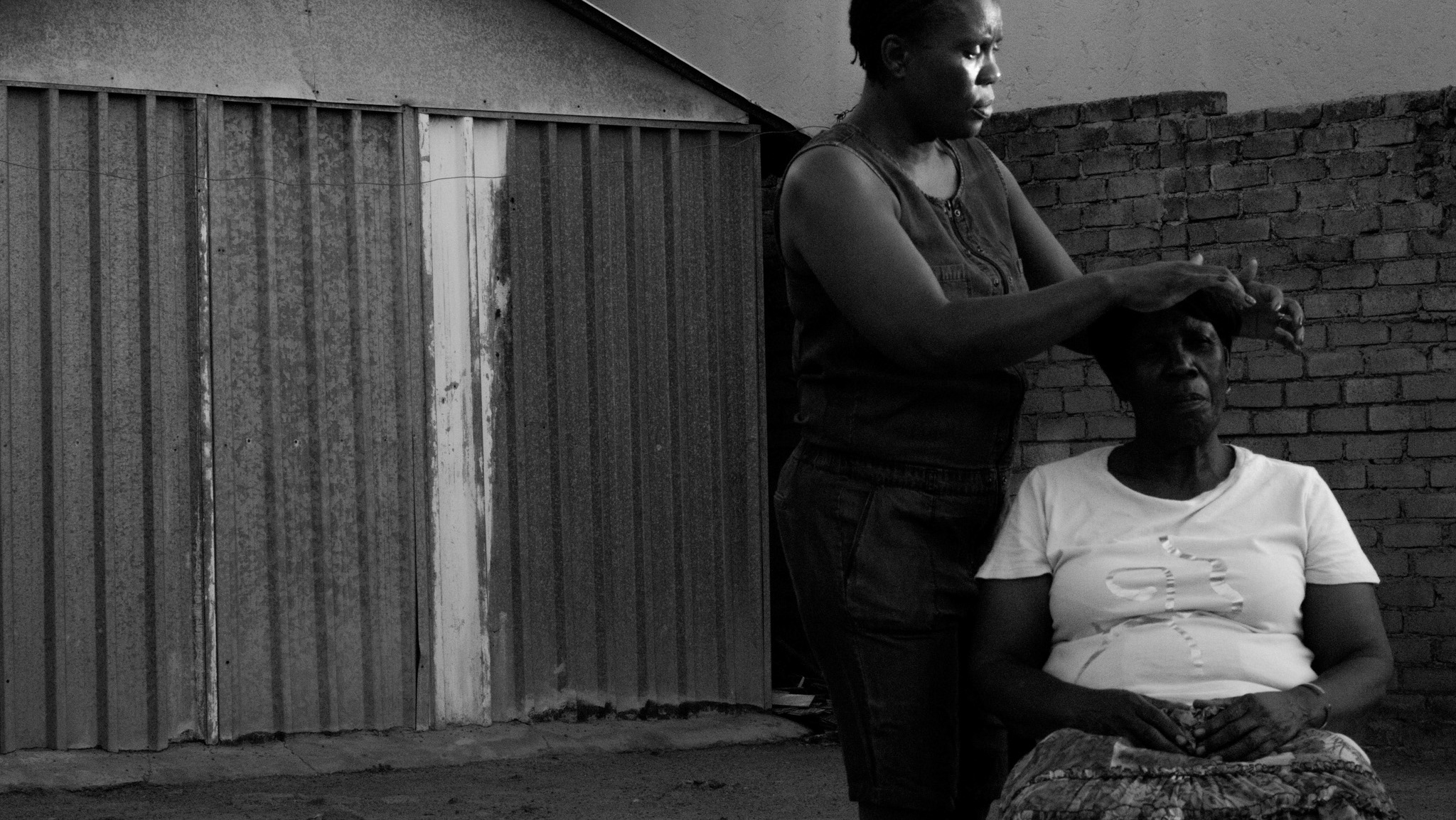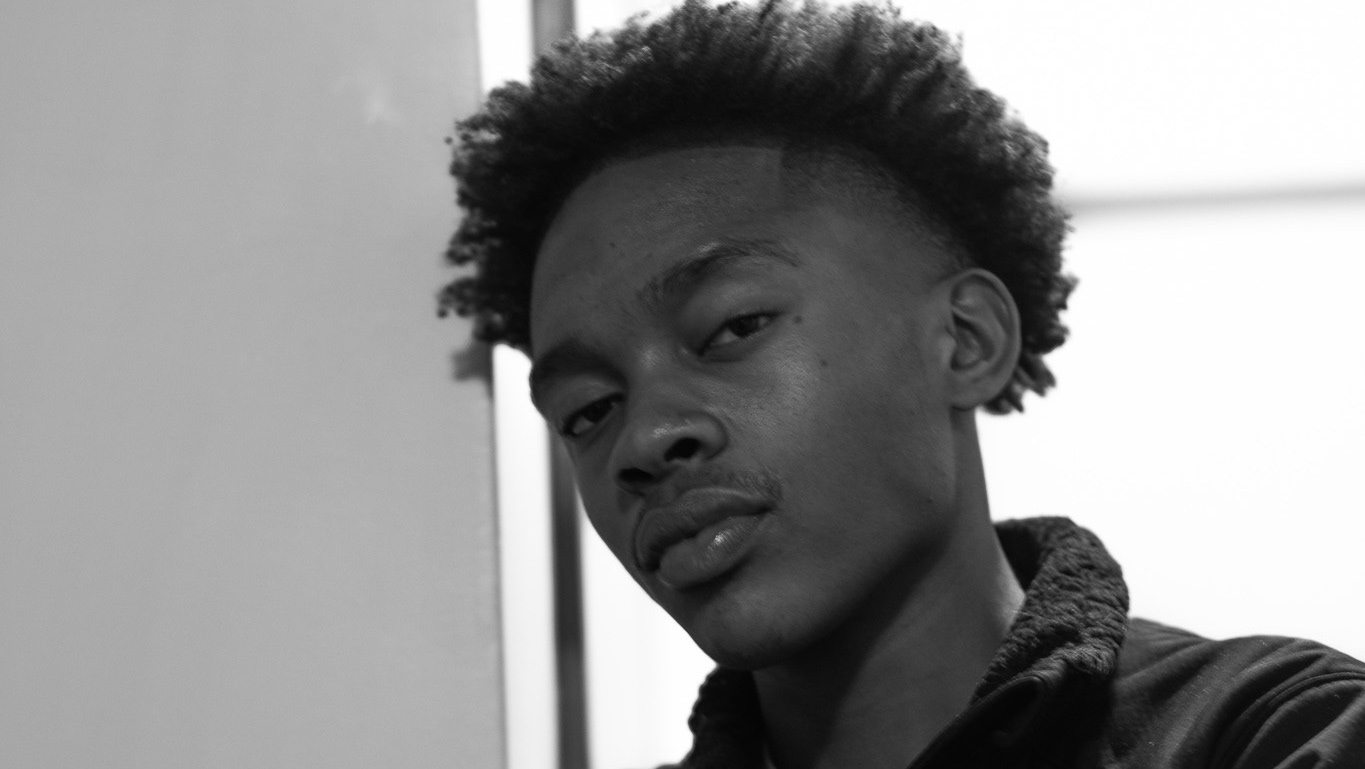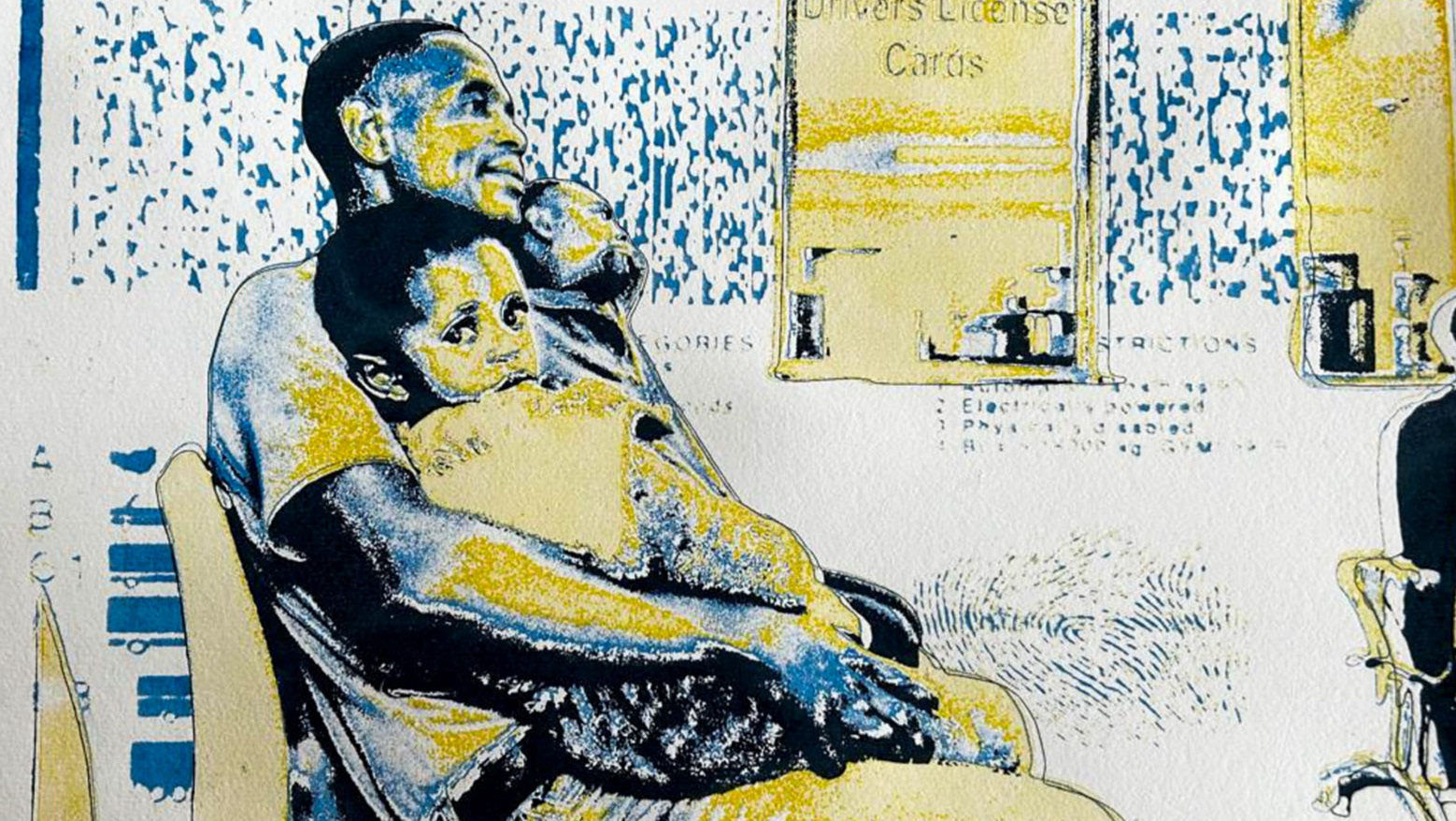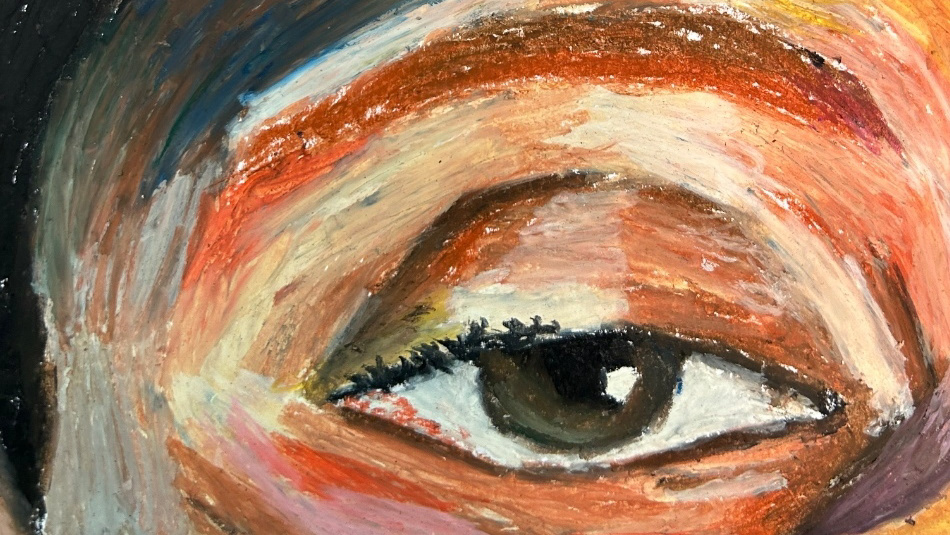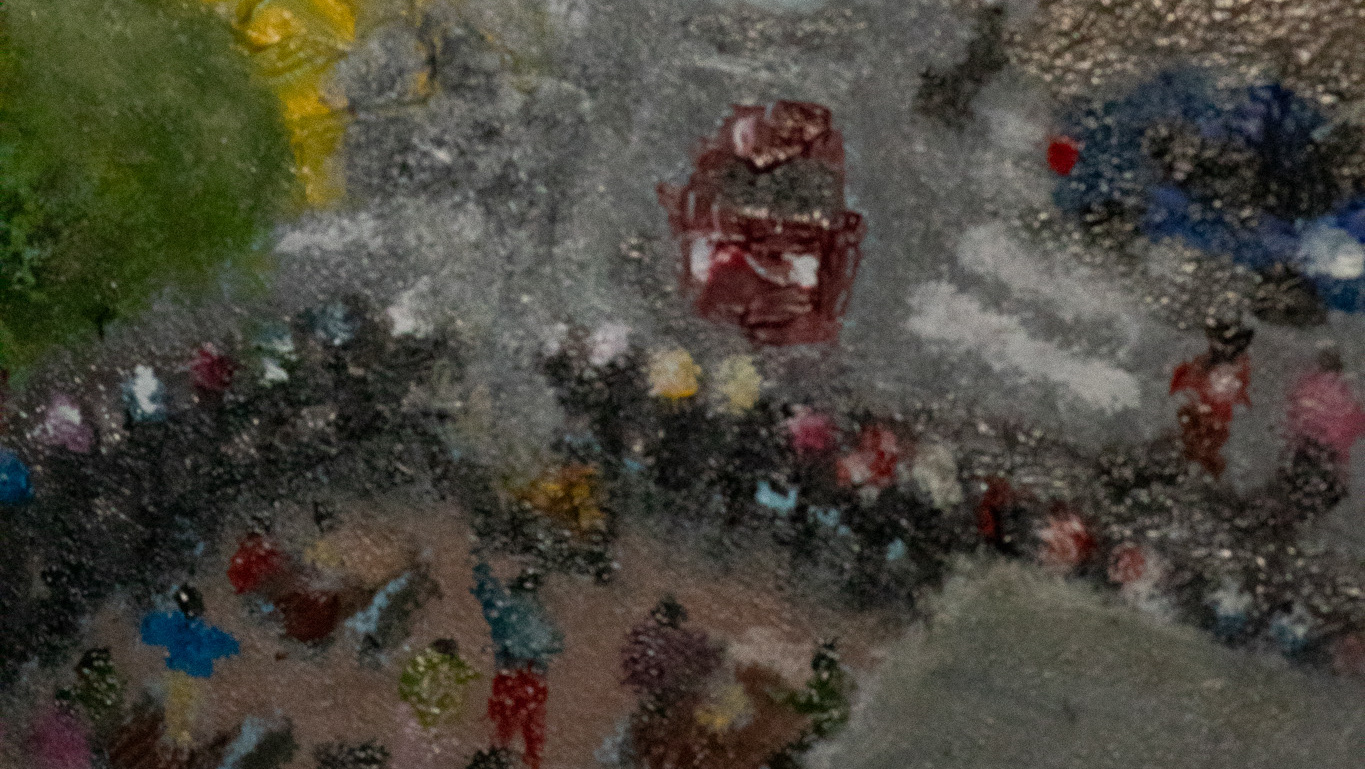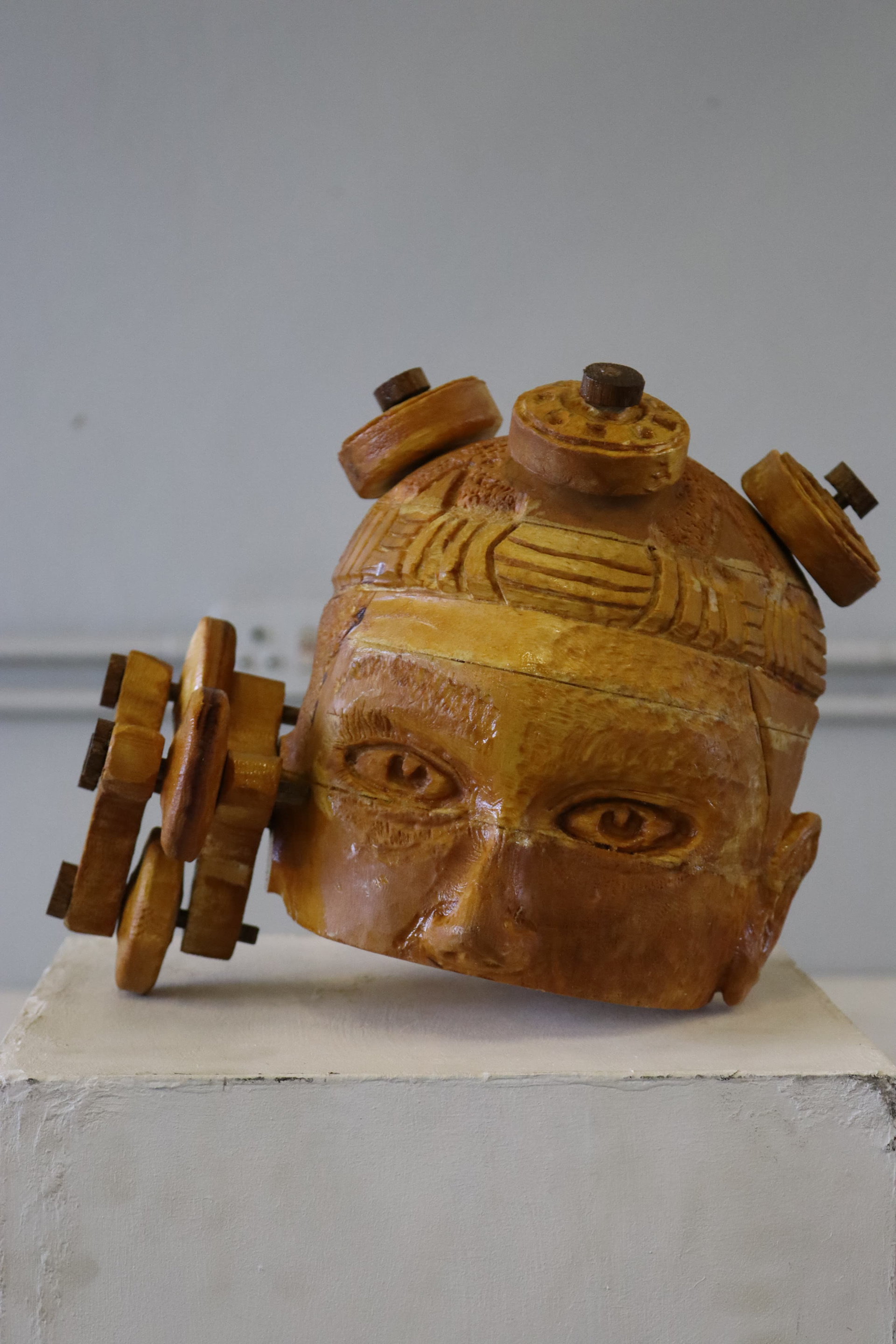
"Is It African Enough?" (2024)
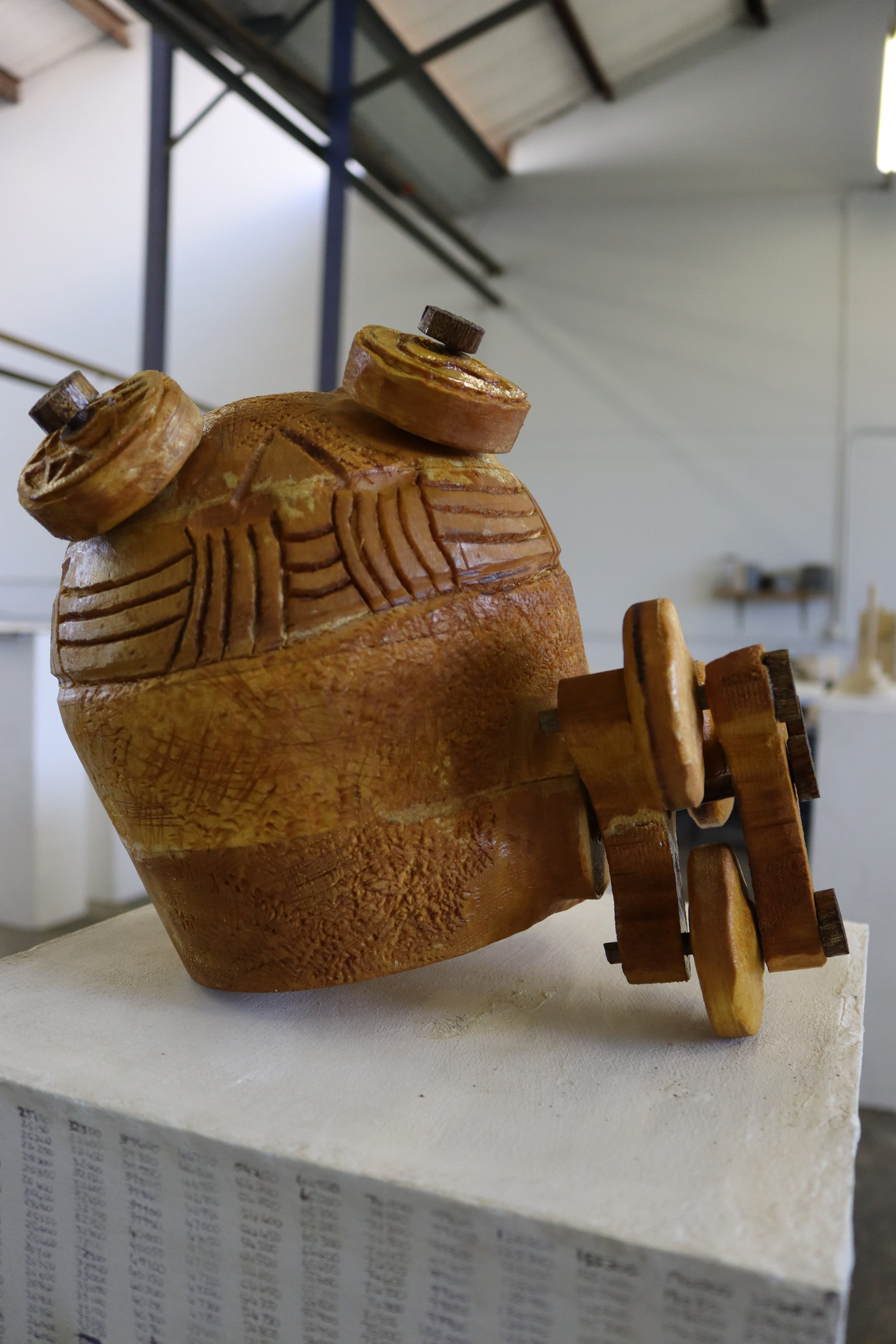
"Is It African Enough?" (2024)
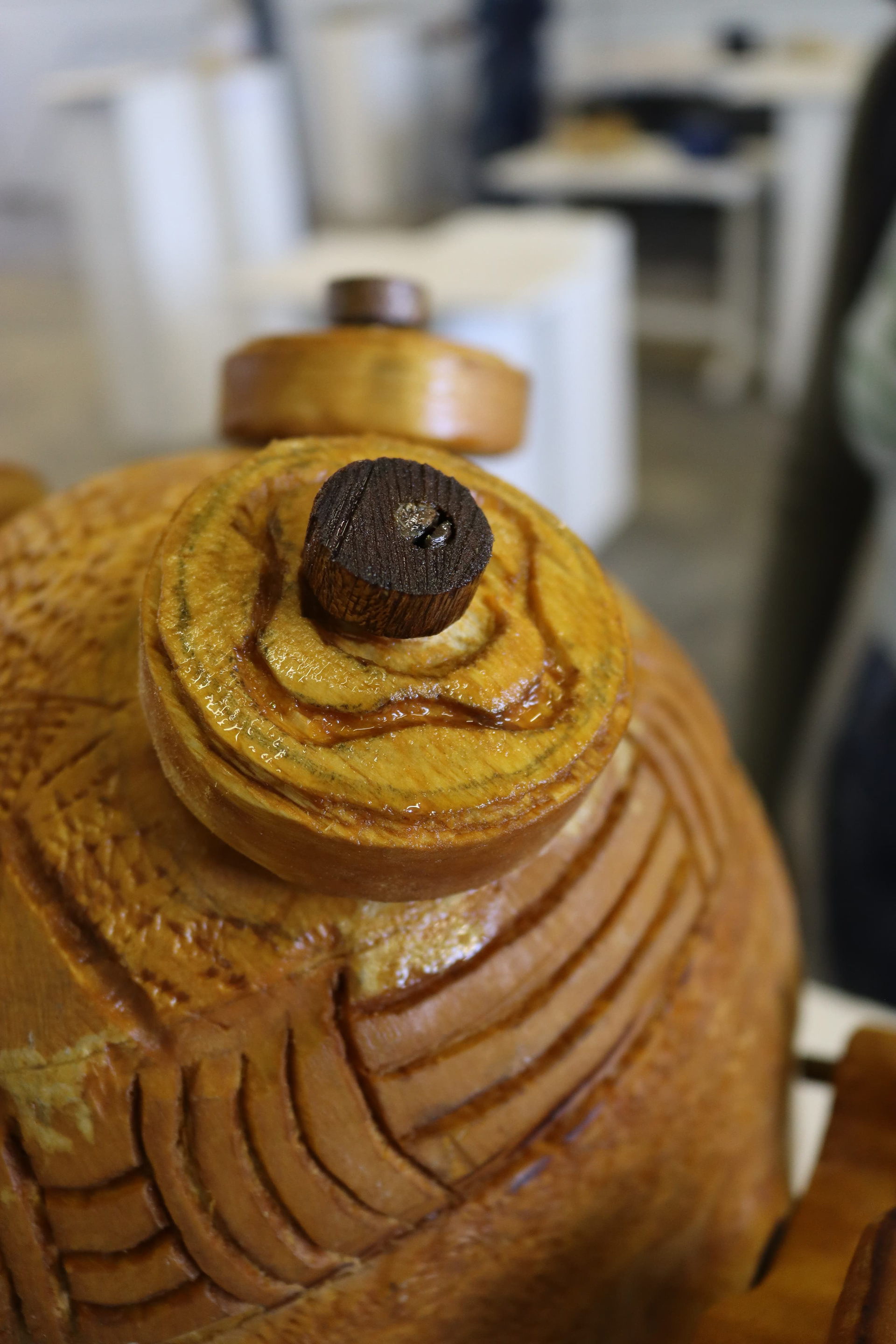
"Is It African Enough?" (2024)
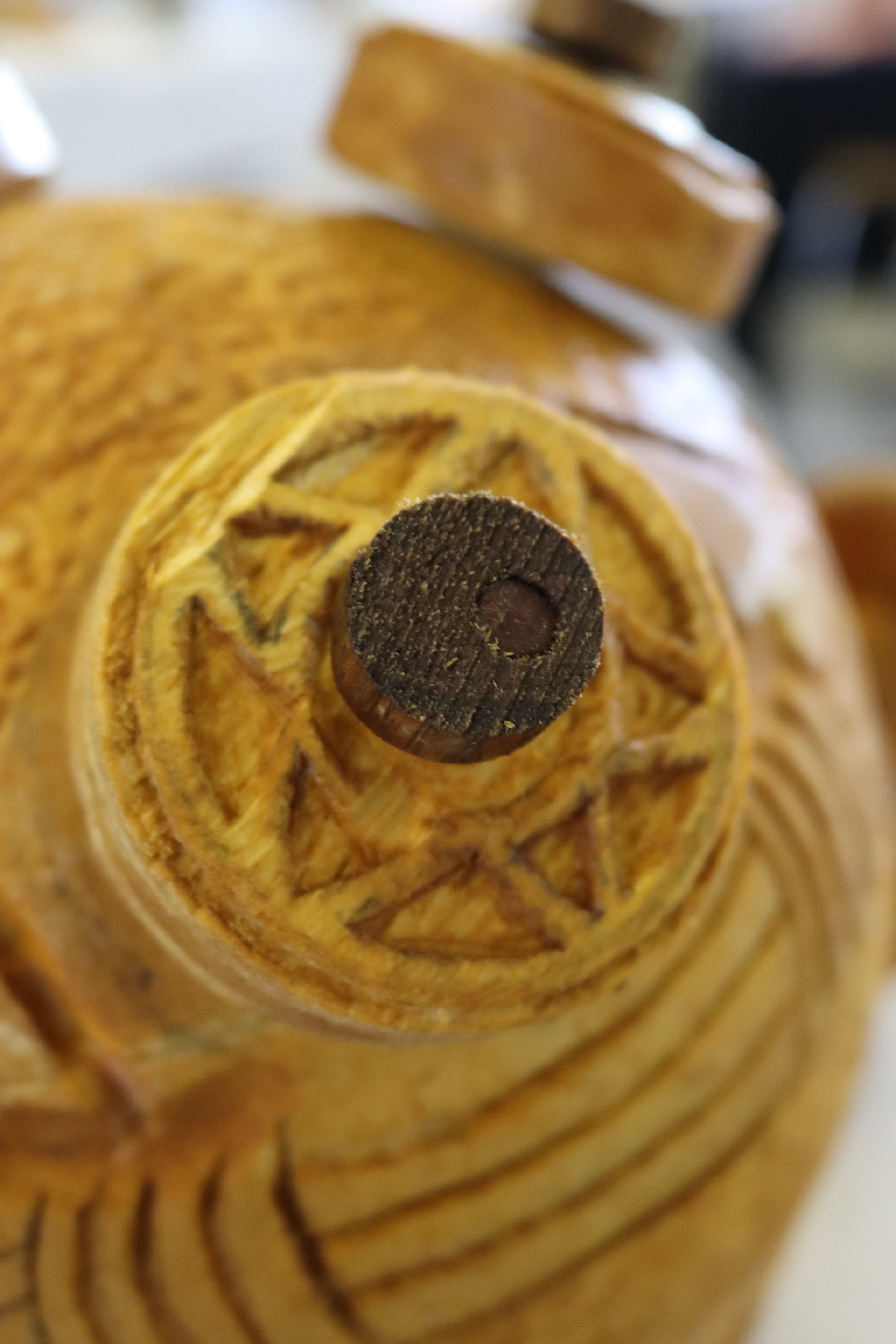
"Is It African Enough?" (2024)
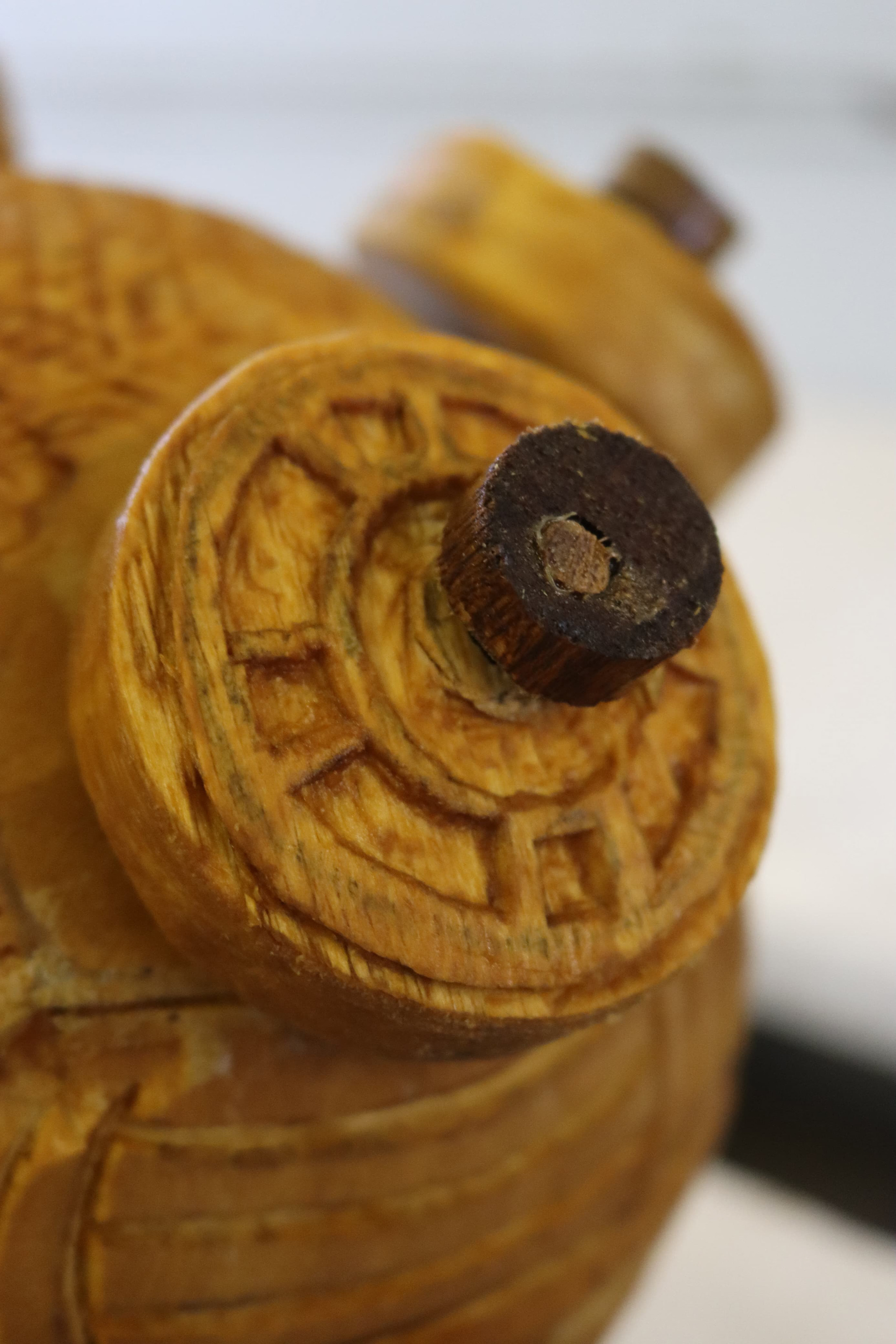
"Is It African Enough?" (2024)

"Is It African Enough?" (2024)
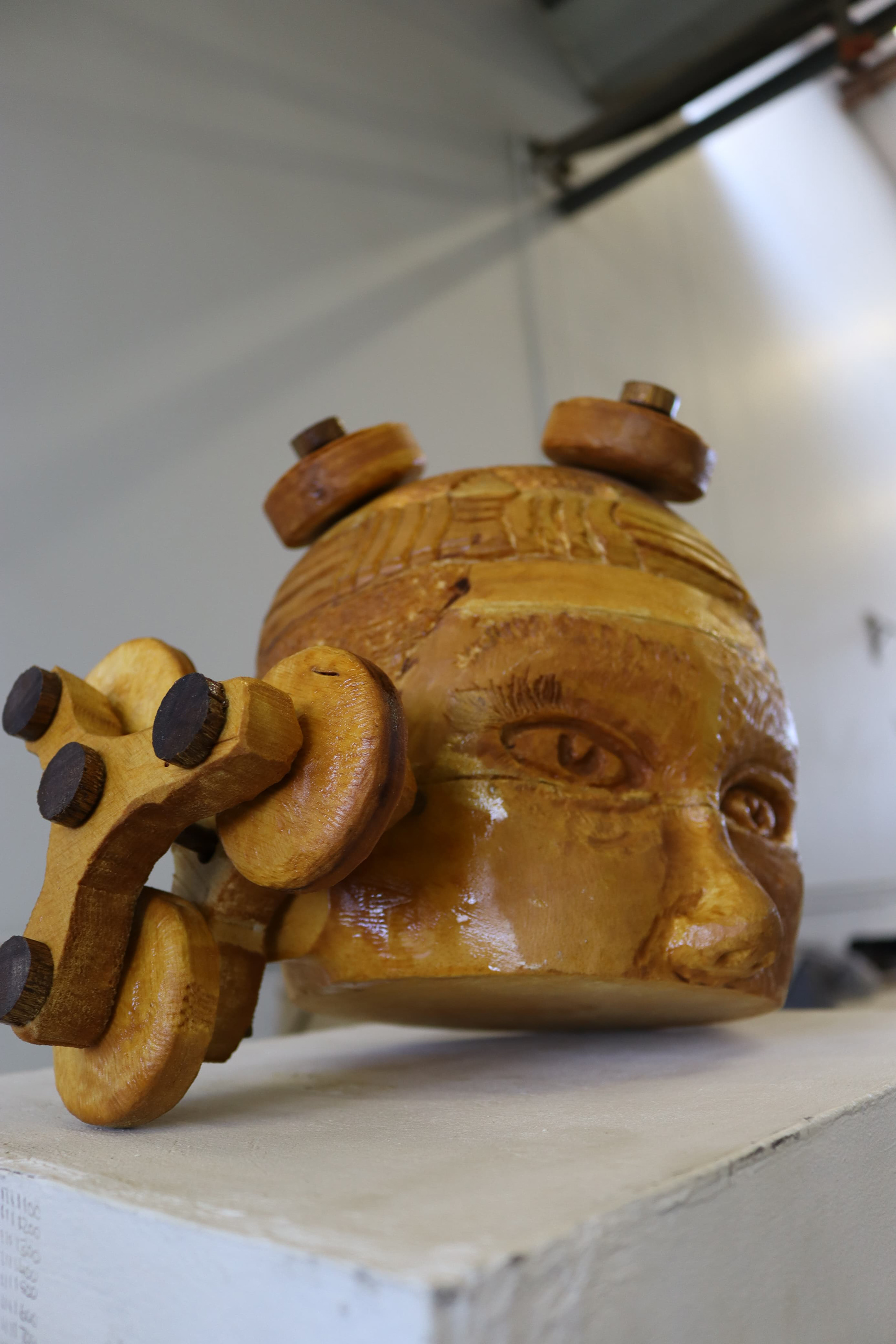
"Is It African Enough?" (2024)
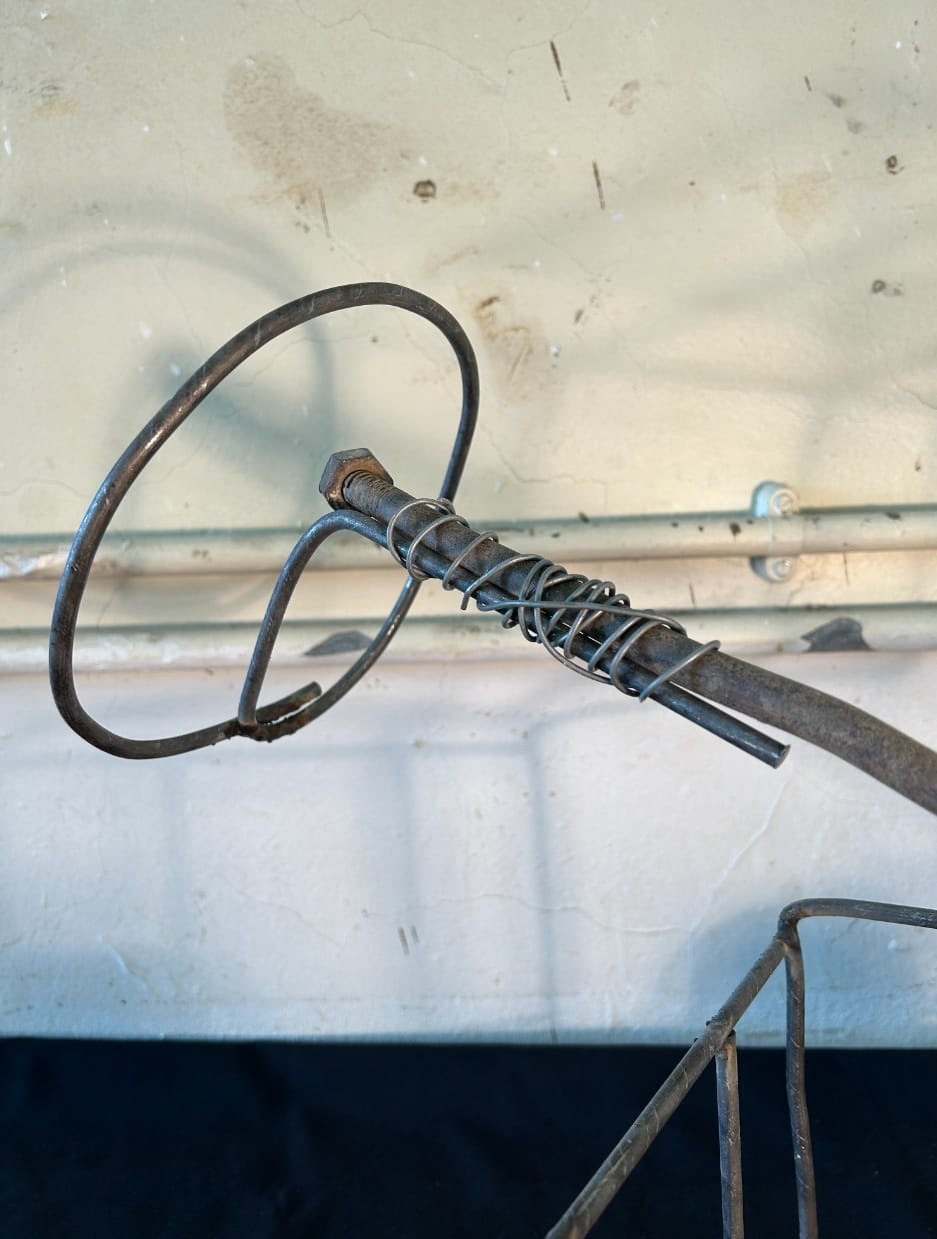
"The Drive Back to Mamelodi" (2023)
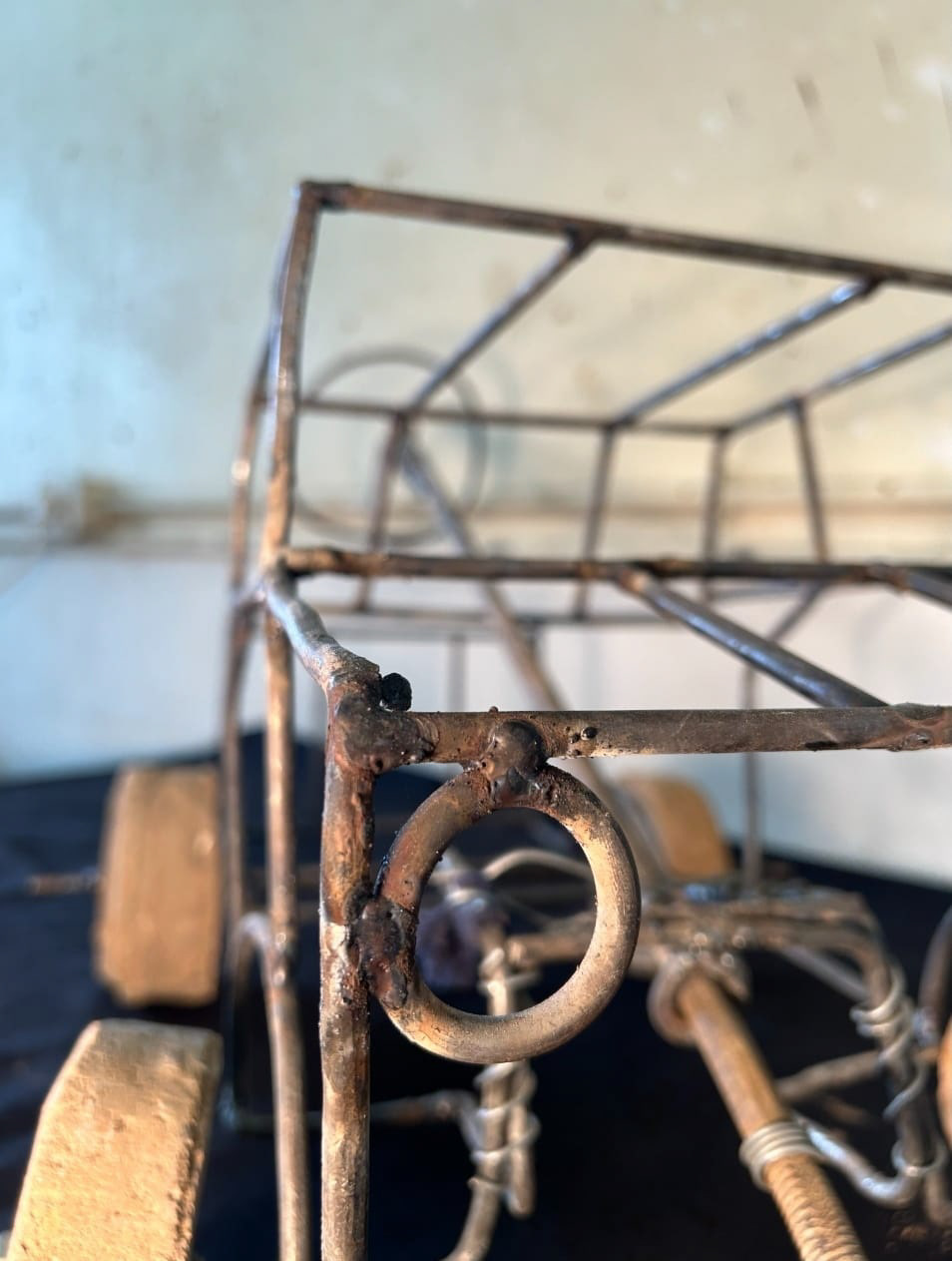
"The Drive Back to Mamelodi" (2023)
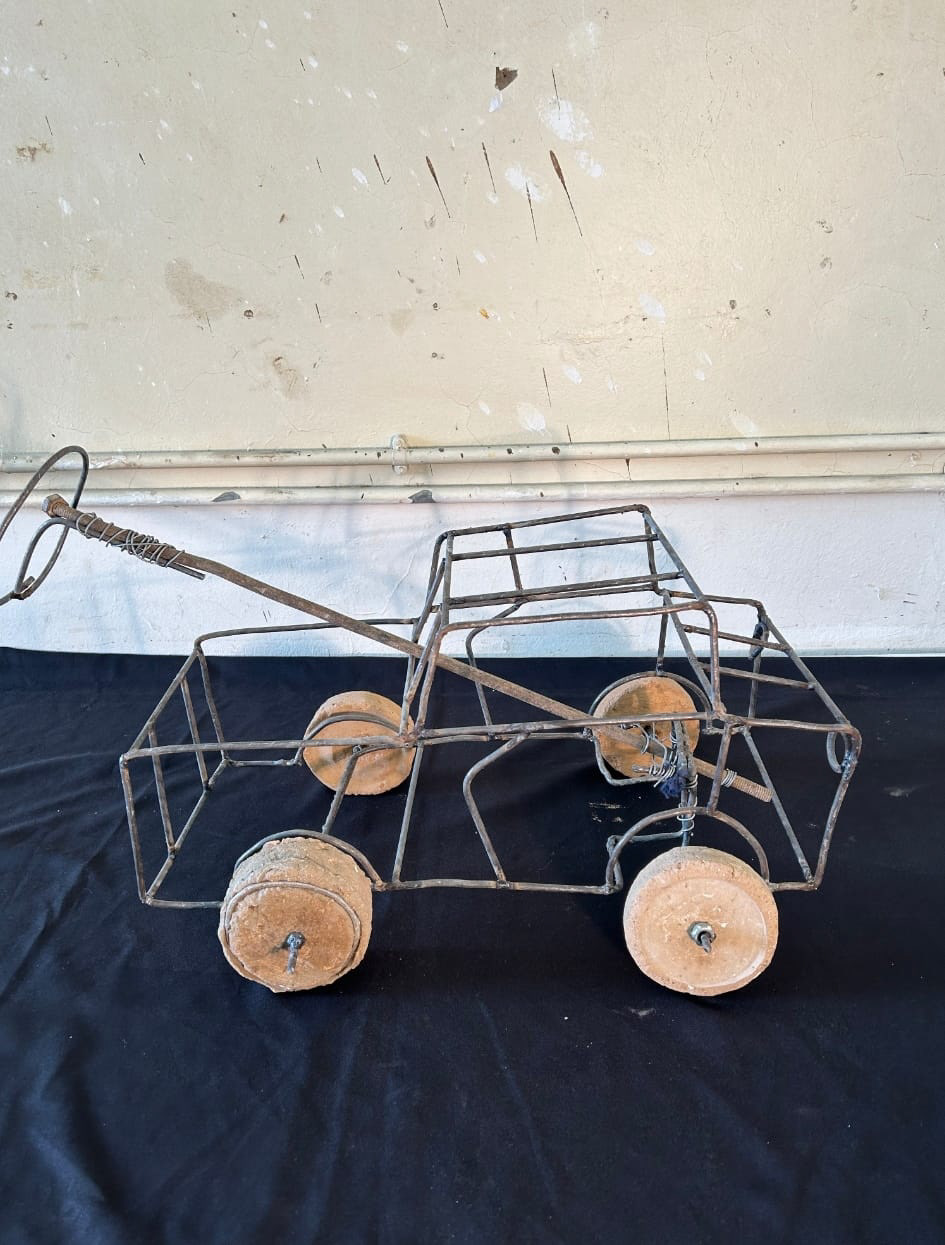
"The Drive Back to Mamelodi" (2023)
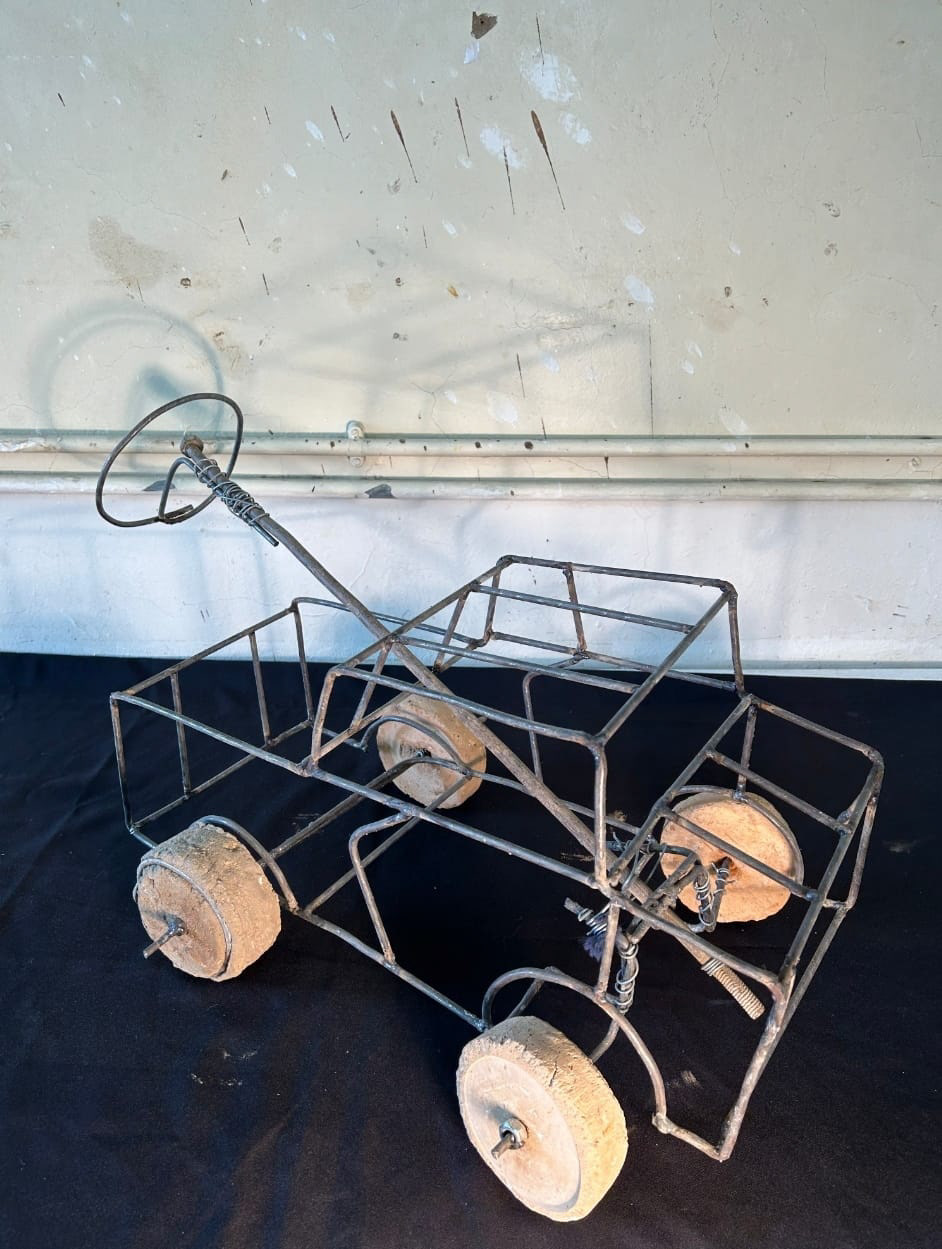
"The Drive Back to Mamelodi" (2023)
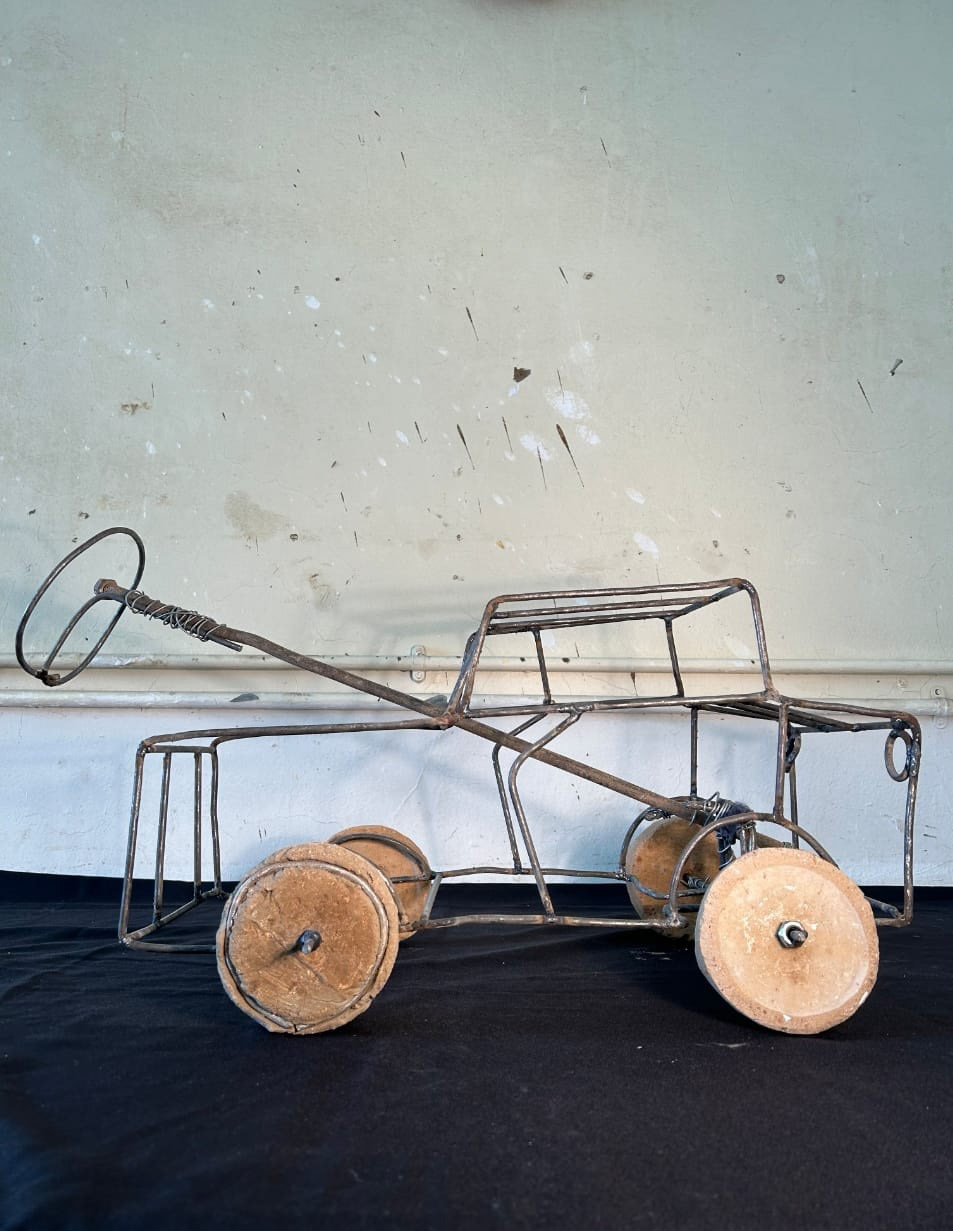
"The Drive Back to Mamelodi" (2023)

"Unbearable Yoke" (2025)
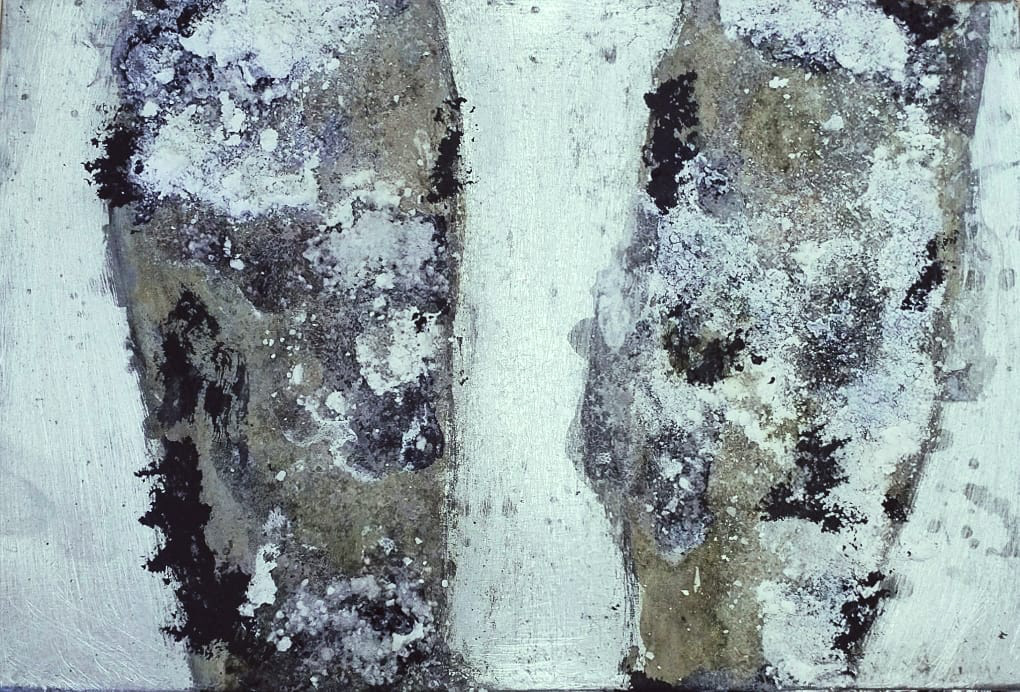
"Unbearable Yoke" (2025)

"Unbearable Yoke" (2025)

"Unbearable Yoke" (2025)
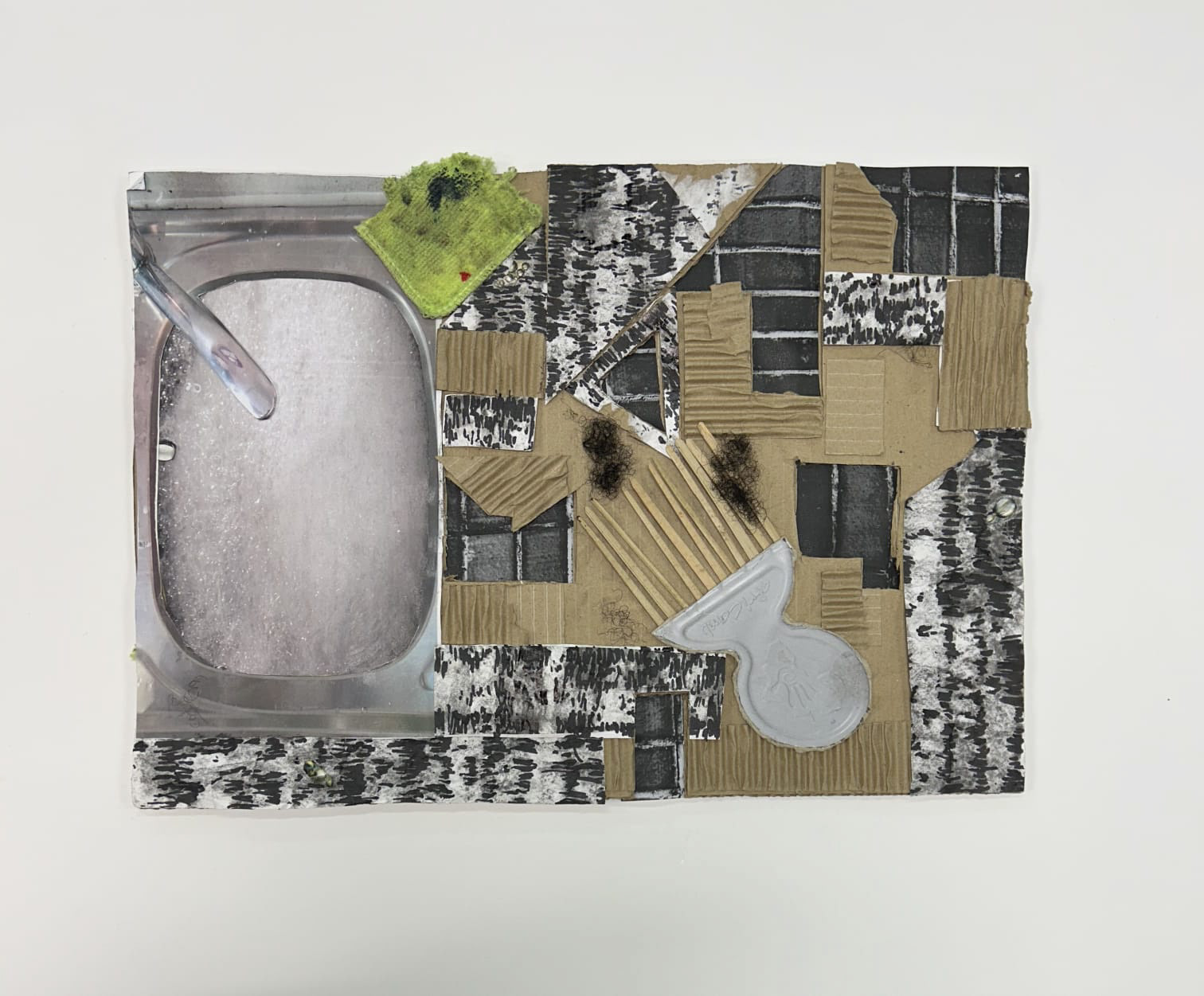
"Stop Being So Careless" (2023)
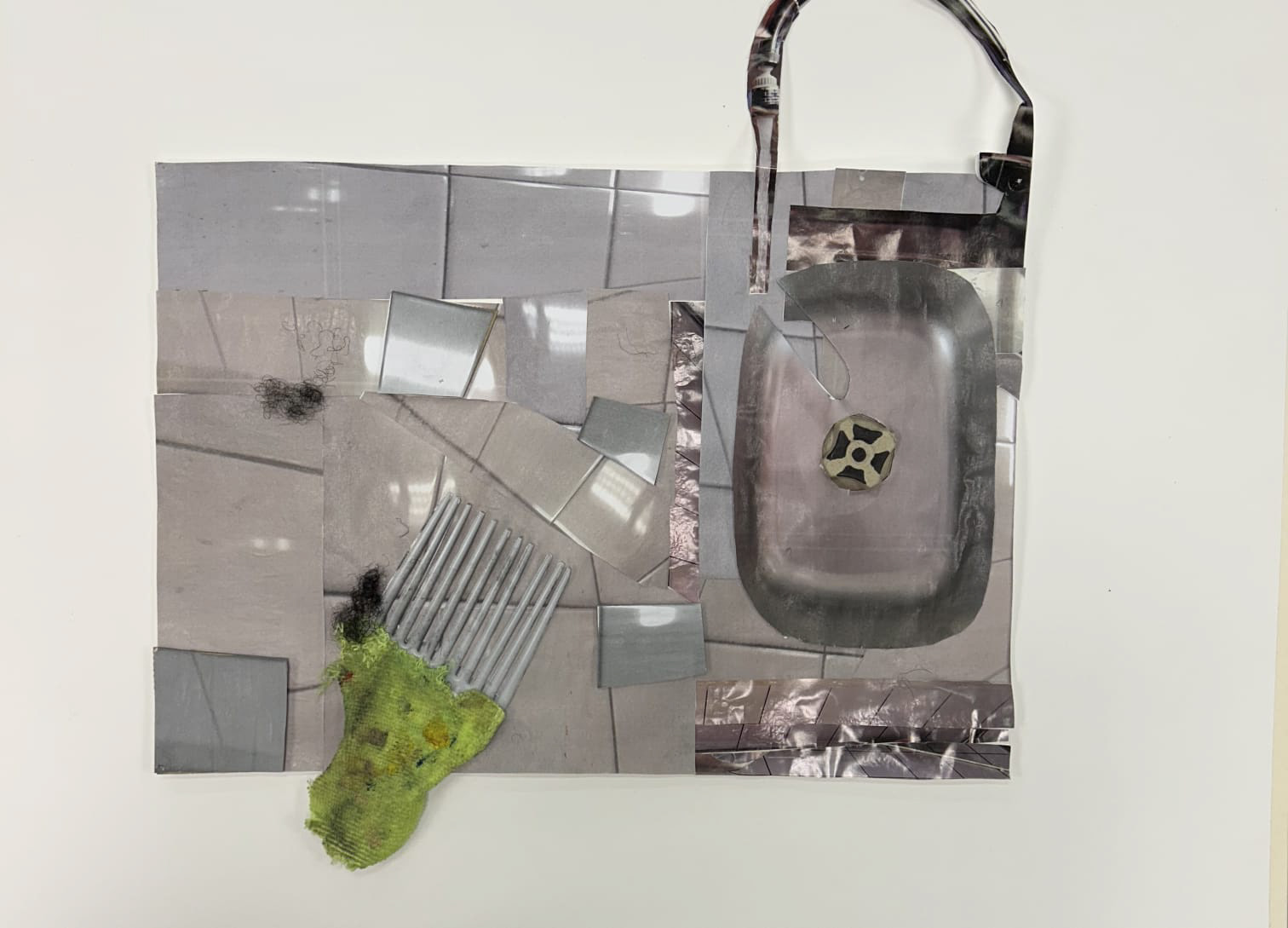
"Stop Being So Careless" (2023)
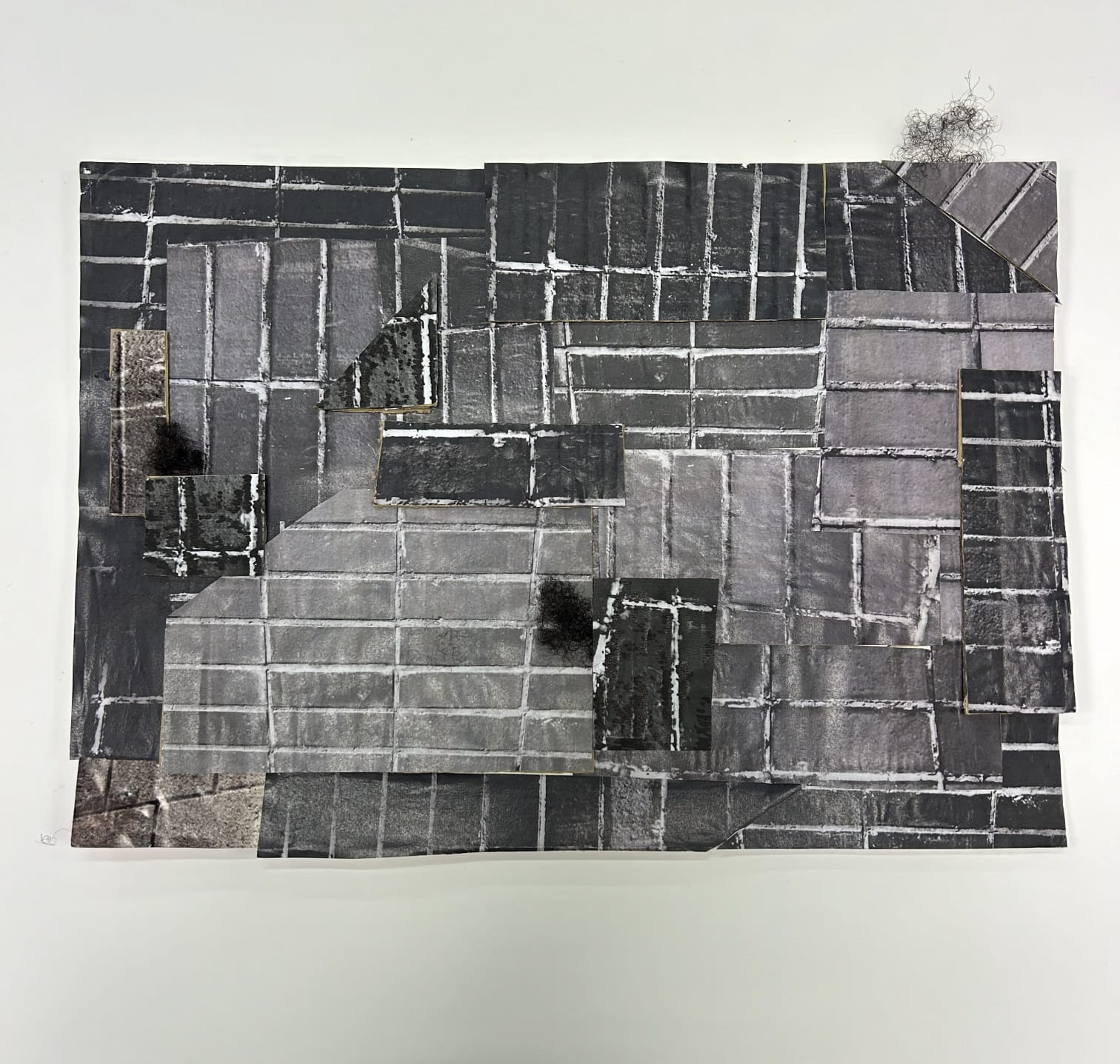
"Stop Being So Careless" (2023)
Artist statement
This work sets out to highlight Western stereotypes of historical African women and ancient African art. The Western stereotype on historical African women and ancient African art has been normalized by the Eurocentric view through universalism. Historical African women are renowned to wear aesthetic decorations from head to toe, and this piece mocks that idea by integrating western industrial artifacts, which juxtapose with the work's Africanness. Ancient African art is likewise the target of Western stereotypes, as it is perceived as unnatural and unappealing when compared to Western classical art. This work ridicules that concept by including realistic facial features that aren’t emphasized.
